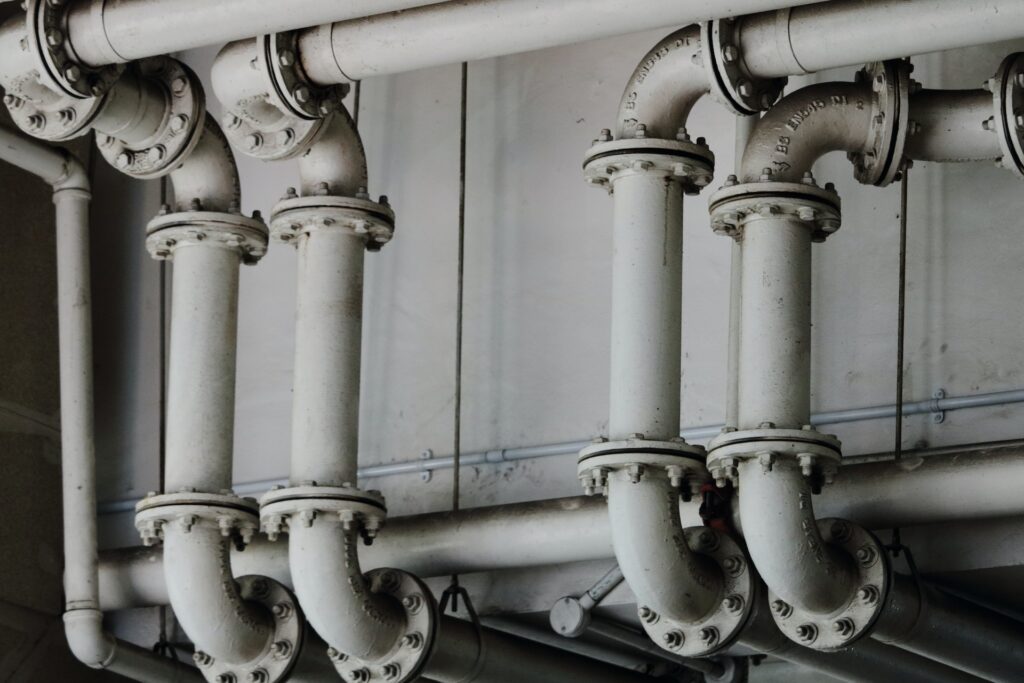Leak detection is crucial to maintaining the integrity of various systems, whether it’s water supply, gas lines, or industrial pipelines. Identifying leaks promptly can prevent environmental hazards, conserve resources, and ensure safety.
Following are some of the most common methods of leak detection:
- Visual Inspection:
Visual inspection is the simplest and most straightforward method of leak detection. It involves physically examining the system for any signs of leakage. This could include looking for damp spots, discoloration, or visible drips. Visual inspection is commonly used for small-scale systems like household plumbing. While it’s effective for detecting noticeable leaks, it may not be ideal for identifying smaller or hidden leaks.
- Acoustic Monitoring:
You can also try acoustic monitoring. Acoustic leak detection relies on sound waves to identify leaks. This method is particularly useful for detecting leaks in pressurized systems such as pipelines. Specialized equipment is used to listen for sounds generated by escaping fluids. When a leak occurs, it creates distinct acoustic patterns that sensitive microphones can capture. The data collected is then analyzed to pinpoint the leak’s location.
- Pressure Testing:
Pressure testing involves subjecting a system to higher-than-normal pressure and monitoring any drop in pressure over time. If there’s a leak, the pressure will decrease more rapidly than expected. This method is often used in the initial stages of a system’s installation or after maintenance to ensure its integrity. It’s effective for identifying larger leaks but may not be as precise for detecting minor leaks.
- Tracer Gases:
Tracer gases are used in a technique known as gas leak detection. A small amount of a detectable gas, such as helium or hydrogen, is injected into the system. If there’s a leak, the gas will escape along with the leaking substance. Detectors capable of identifying the tracer gas are strategically placed to pinpoint the leak’s location. Tracer gas methods are highly sensitive and can detect even the tiniest leaks.

How Does Professional Leak Detection Work?
When it comes to professional leak detection Tampa companies often use the following strategies:
- Thermal Imaging:
Thermal imaging, also known as infrared thermography, is a non-contact method that detects leaks by measuring temperature variations. When a fluid leaks, it often causes a change in temperature in its surroundings. Thermal cameras can capture these temperature differences, making it possible to identify the location of a leak. This technique is especially useful for identifying HVAC and industrial equipment leaks.
- Fluorescent Dye Testing:
Fluorescent dye testing involves adding a fluorescent dye to the system, which is visible under UV light. This method is commonly used in the automotive industry to detect leaks in cooling systems and air conditioning units. The dye is added to the system, and UV lights are used to examine the system for any glowing spots, indicating the presence of a leak.
- Electronic Sensors:
Electronic sensors are increasingly popular for leak detection due to their accuracy and versatility. These sensors can be placed strategically in a system, and they’re capable of detecting changes in conditions such as moisture levels, pressure, or gas concentration. When the sensor detects an abnormality, it triggers an alert, notifying operators of a potential leak.
Different methods cater to different types of systems and leak sizes. Visual inspection and acoustic monitoring are effective for immediate, noticeable leaks, while techniques like tracer gases and thermal imaging offer higher sensitivity for pinpointing small leaks that might be missed through traditional methods.
Choosing the appropriate method of leak detection depends on factors such as the system’s nature, the environment, and the desired level of sensitivity. Advances in technology have led to the development of electronic sensors that offer real-time monitoring, allowing for swift response to potential leaks.
Ultimately, regardless of the method employed, the key is to detect leaks early and take appropriate actions to prevent potential damages and hazards. Regular maintenance, combined with a thorough understanding of the available leak detection methods, can help ensure the integrity of systems and minimize the risks associated with leaks.






